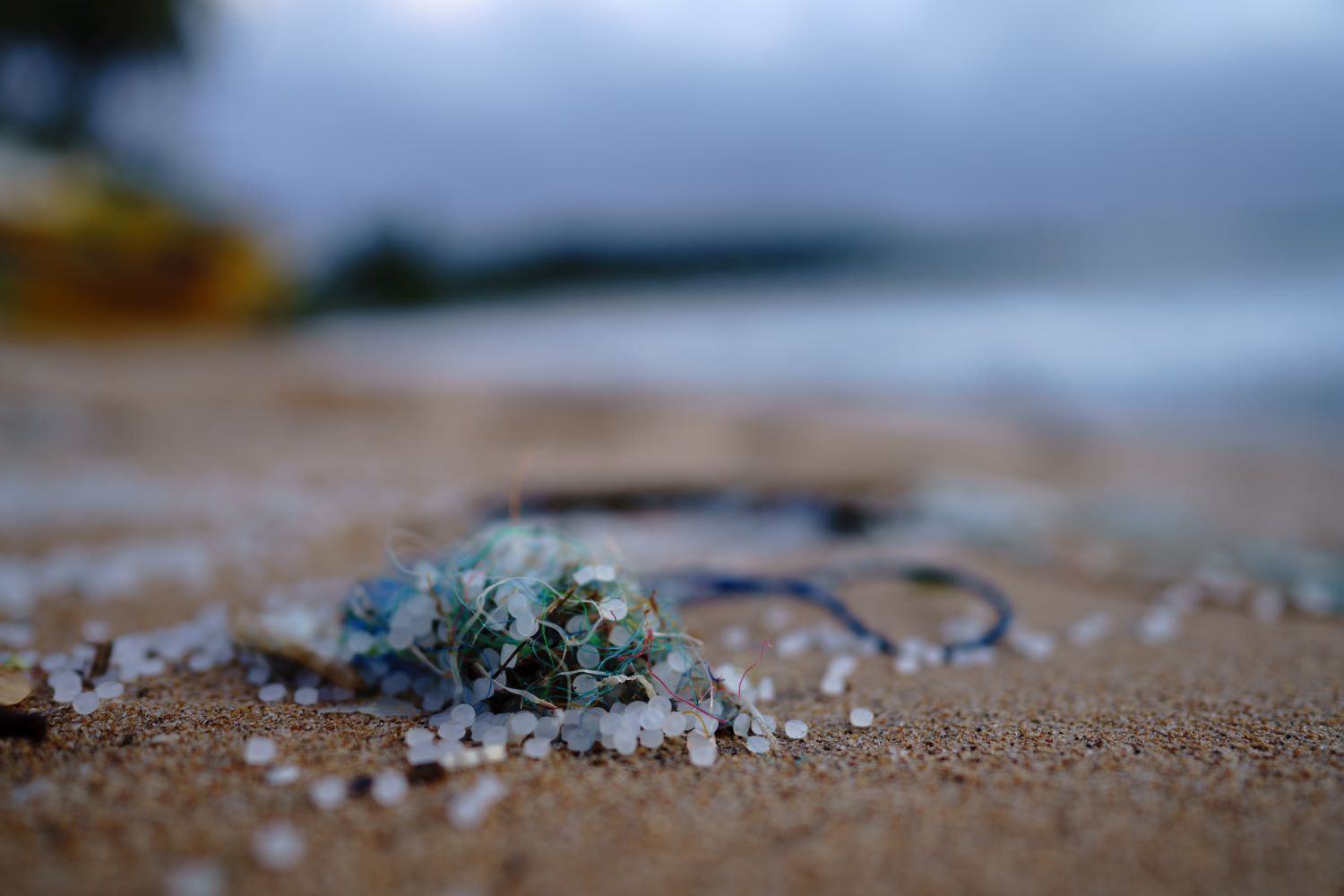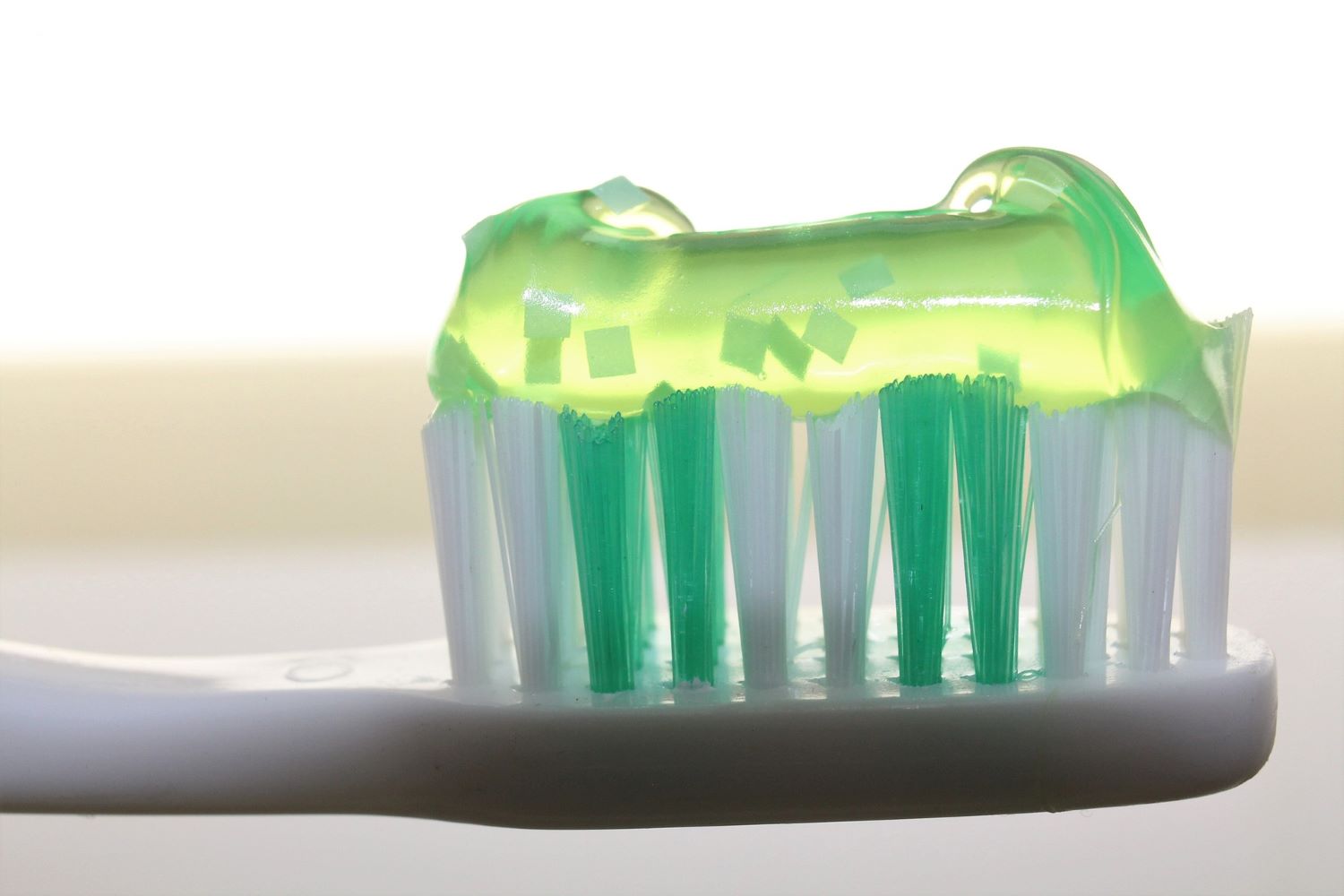What is so great about microplastics and PEGs, that they made their way into our beauty products?

Picture source: pixabay.com
Here is the sad truth, their purpose is to enhance the properties of the product and therefore are unfortunately very commonly used. The most frequent and well-known use for microplastics is to exfoliate and remove dead skin cells to properly cleanse the skin. Among other things, they can also serve as binding, thickening or aesthetic agents.
To give you some more perspective into the usage of microplastics, here are some shocking statistics. It is estimated, that overall around 145,000 tonnes of microplastics are used yearly in the EU/EEA [1] and an average consumer discards 2.4 g of microplastics daily [2]!
On top of that, over time also the bigger pieces of plastic that get into the waters, degrade into microplastics. It is not just about the microplastics that are added into cosmetics but also about plastic packaging. If you are interested in more statistics and information about microplastics in general, click on this article on microplastics.
The issue of microplastics is not a new one, scientists, governments and the industry have known about this issue for years. Unfortunately, there has been no legal requirement from the EU to stop using microplastics, rather they encouraged the beauty care industry to self-regulate, In other words, the recommended companies to discontinue using them.

Picture source: pixabay.com
Many companies have taken voluntary initiatives and the situation has improved much. According to Cosmetics Europe, their members have phased out 97.6% of plastic microbeads in wash-off cosmetic and personal care products, specifically used for exfoliating and cleansing purposes [3].
These are great steps but it certainly is not all. This year finally, the European Commission released a draft amending Annex XVII to the REACH Regulation (EC) No 1907/2006 If this regulation is implemented, the use of microplastics in cosmetics will be completely forbidden [4].
Polyethylene glycol or as mostly known PEGs are hydrophilic and therefore are most commonly used as agents that help penetrate other substances into the skin. In cosmetic products, they act as surface acting agents, emulsifiers, moisture protectants, and cleansing and conditioning agents.
The most relevant fact for us humans is that microplastics and PEGs both act as a kind of sponge for other toxic substances that can be carcinogenic or toxic to the nervous system, such as heavy metals and organic chemicals. Then when they enter into our bodies, they act as a conveyor of contaminants to organisms.
What is it
- Microplastics are man-made solid polymers that are usually no bigger than 5mm.
- Can be categorized into primary and secondary microplastics based on where they originated.
- PEGs are most commonly petroleum based compounds.
Where can we find it
- Microplastics are most commonly used in face and body scrubs, and toothpastes.
- PEGs are used as bases for cosmetic creams.
- PEGs can also be used in vaccines and medications.
Health effect
- Act as a carrier of toxic chemicals because of its sponge-like properties.
Effect environment
- 2% of all microplastics polluting the ocean come from beauty and care products.
- Have been found in many marine animals that mistake it for food.
- Microplastic get back to us through the food chain. Consuming seafood represents a pathway to humans.
GS tip: When it comes to the environment, microplastics are extremely problematic. The main reason being their very low biodegradability, meaning they will stay in our waters for years and years to come. This of course poses a huge issue for all marine life since they ingest these tiny particles very easily. These microplastics then find their way into our own guts when we eat fish and other seafood. It is essential to avoid products containing microplastics, for our sake and for the sake of our planet.
Sources
[2] https://www.toxicslink.org/docs/Microplastic.pdf
[4] https://ec.europa.eu/transparency/comitology-register/screen/documents/083921/1/consult?lang=en
Fact sheet sources
https://www.iberdrola.com/environment/microplastics-threat-to-health
https://www.iucn.org/resources
https://link.springer.com/article/10.1007/s42452-019-1352-0
https://davidsuzuki.org/living-green/dirty-dozen-peg-compounds-contaminants/


0 Comments